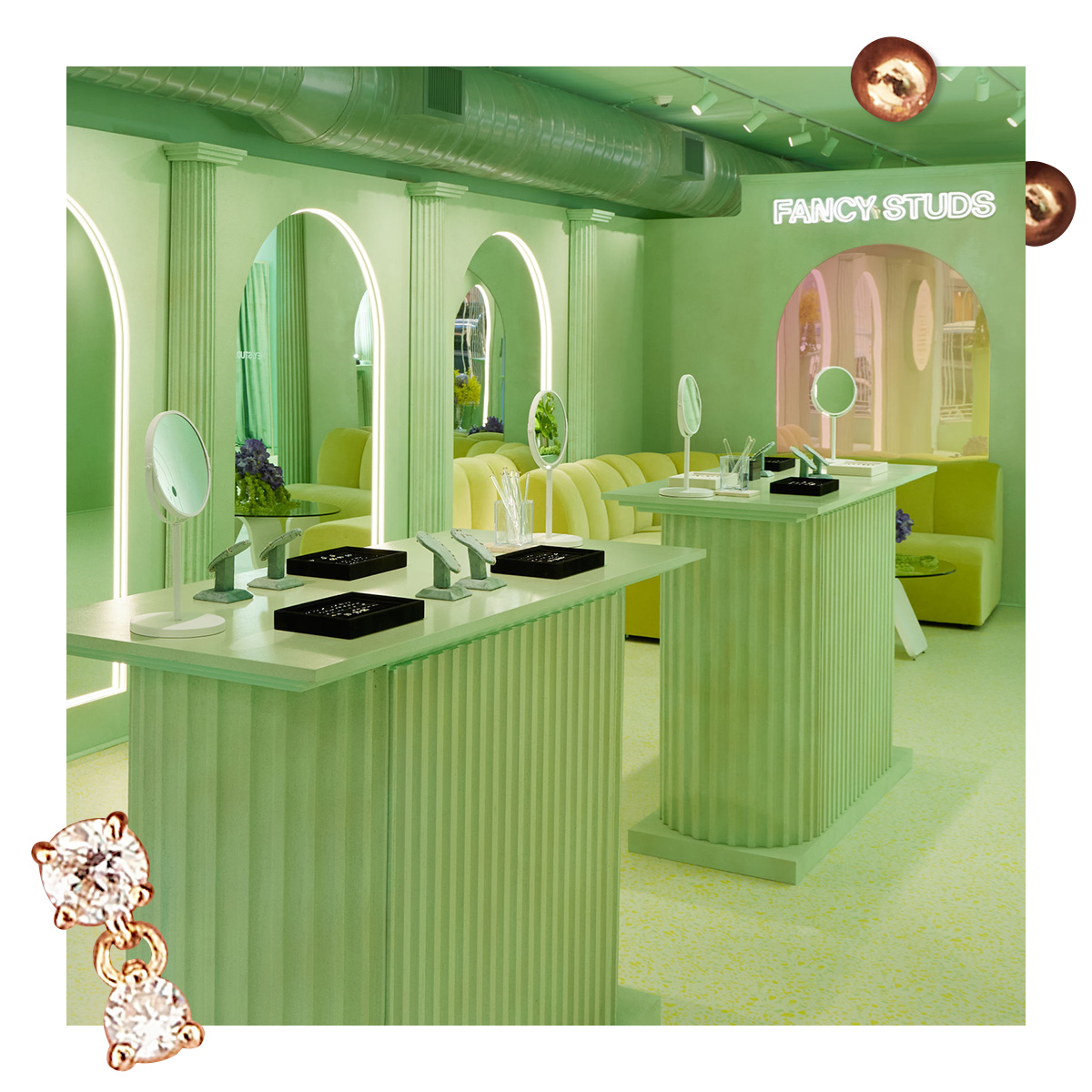
If you wanted your ears pierced before, say, 2018, there weren’t many options. You could either go to the Claire’s at your local mall, surrounded by small children trying on headbands, or a tattoo shop, where you just might end up next to a dude filling in his sleeve with a naked woman while you’re adorned with a diminutive diamond stud. The pickings were slim, but we made do in the name of jewelry.
More recently, however, another option has emerged: the grown-up piercing parlor. Sprouting up in New York, Los Angeles, and everywhere in between en masse, they take inspiration from millennial It-brands like Glossier and Warby Parker to provide an elevated, personalized experience for both piercing and shopping.
“It seems like every block in New York now has a tailored-for-millennial-women piercer, both in terms of VC-backed brands like Studs and boutique-y local spots,” says Casey Lewis, author of the trends newsletter After School.
To name a few: there’s the aforementioned Studs, a chain known for cheerful yellow branding and trademark Earscaping (a.k.a. earring styling); Mejuri, the popular fine jewelry brand that often has lines out the door just to shop and also has ear piercing; Rowan, which distinguishes itself by having licensed nurses as piercers. Or perhaps you’ve done a drive-by at Banter—formerly Piercing Pagoda—a kiosk chain owned by the parent company of Zales and Kay Jewelers.
The common thread—aside from the service they offer—is their approach to marketing, which seeks to attract millennials and Gen Z-ers looking for an alternative to the tattoo-parlor-or-Claire’s dilemma.
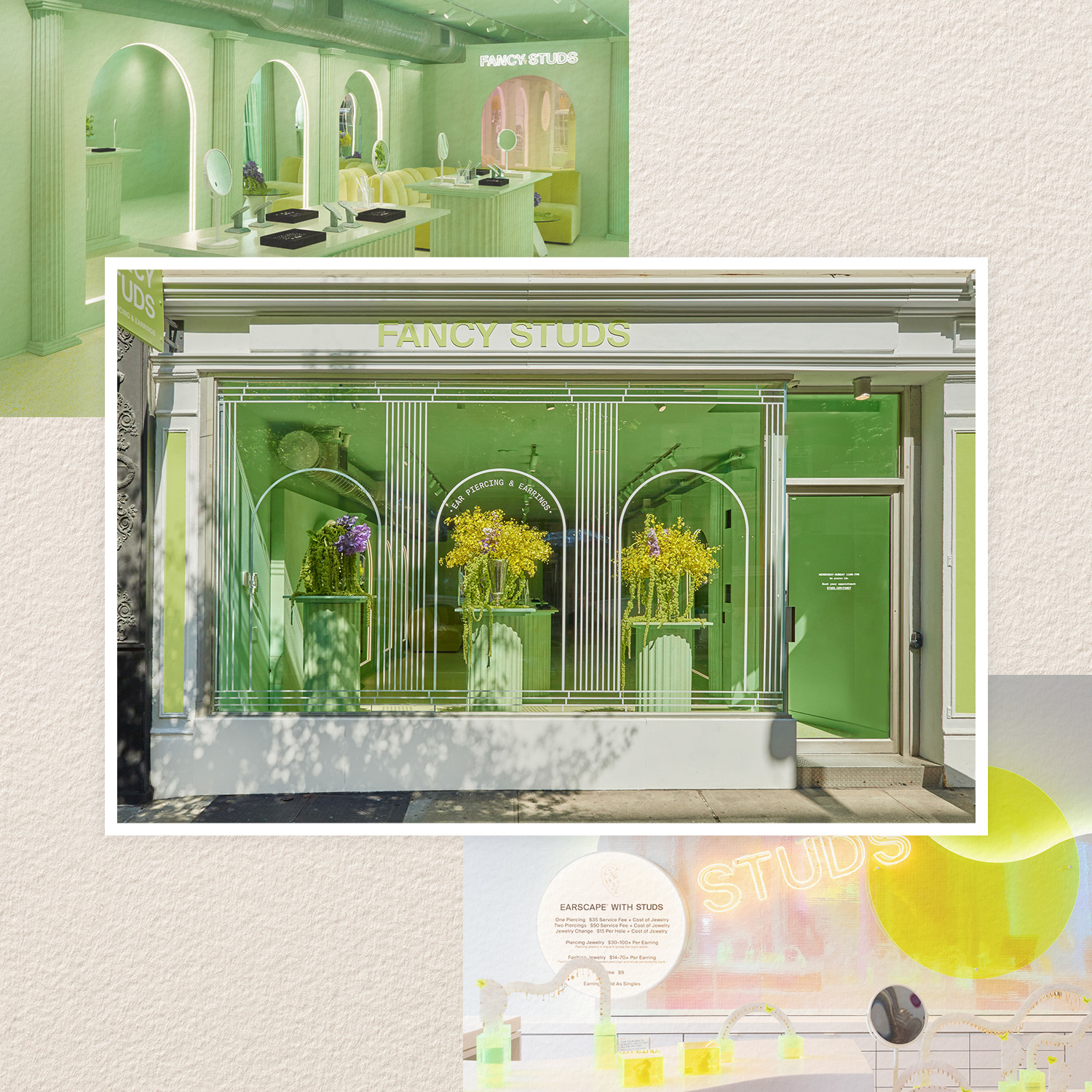
“Studs took a page from Glossier's playbook, something many startups have tried to do, though I think Studs has done it best,” says Lewis, who says there’s an “experiential element” to going into the store.
In the five years since its launch, the brand has since expanded to 22 locations (and counting). The origin story goes like this: Studs co-founder Anna Harman went to get a piercing at a premium boutique, but it was pricey and had a long wait. Discouraged and earring-less, she went to a tattoo shop, where she was pierced safely, but she was bummed by their small selection of earrings to choose from.
Then, the lightbulb moment: “We were like, has anyone taken on ear piercing?’” says Harman’s best friend and Studs co-founder Lisa Bubbers.
They realized no one really had, at least not at scale. Aside from a few specialized local boutiques like Nine Moons in New York and 108 Studio in L.A. and Brooklyn—finding a safe, comfortable, upscale place to get a piercing was surprisingly difficult. So the pair sought to reimagine what ear piercing could look like for millennials and Zoomers in a way that didn’t involve feeling out of place in a tattoo shop or sitting in a mall window awaiting a piercing gun.
At Studs, clients get a private room where piercing experts do needle piercings “for better safety, precision, and healing,” according to Bubbers. Then there’s the space itself, which Lewis feels is half the appeal. “The studios are all highly photogenic and the branding is extremely unique. Someone could upload a photo of themselves getting their ears pierced at Studs and the average young woman would be able to identify it as Studs even without a location tag,” she says. And like shopping at Glossier, going there is a bit of a flex. “It's more than just getting a new lip gloss or piercing; it's about being part of something," Lewis adds.
It’s why Maddie Boardman, 34, got piercings at Studs and Rowan locations in New York: She was looking for a fresh experience. She first had her ears pierced as a preteen at her mom’s hair salon. "My parents had a very funny rule that I was allowed to get my ears pierced when I got my [first] period,” says Boardman. “So I've had my first one since I was 12, and then I didn’t have a second piercing until I was 28 or 29.”
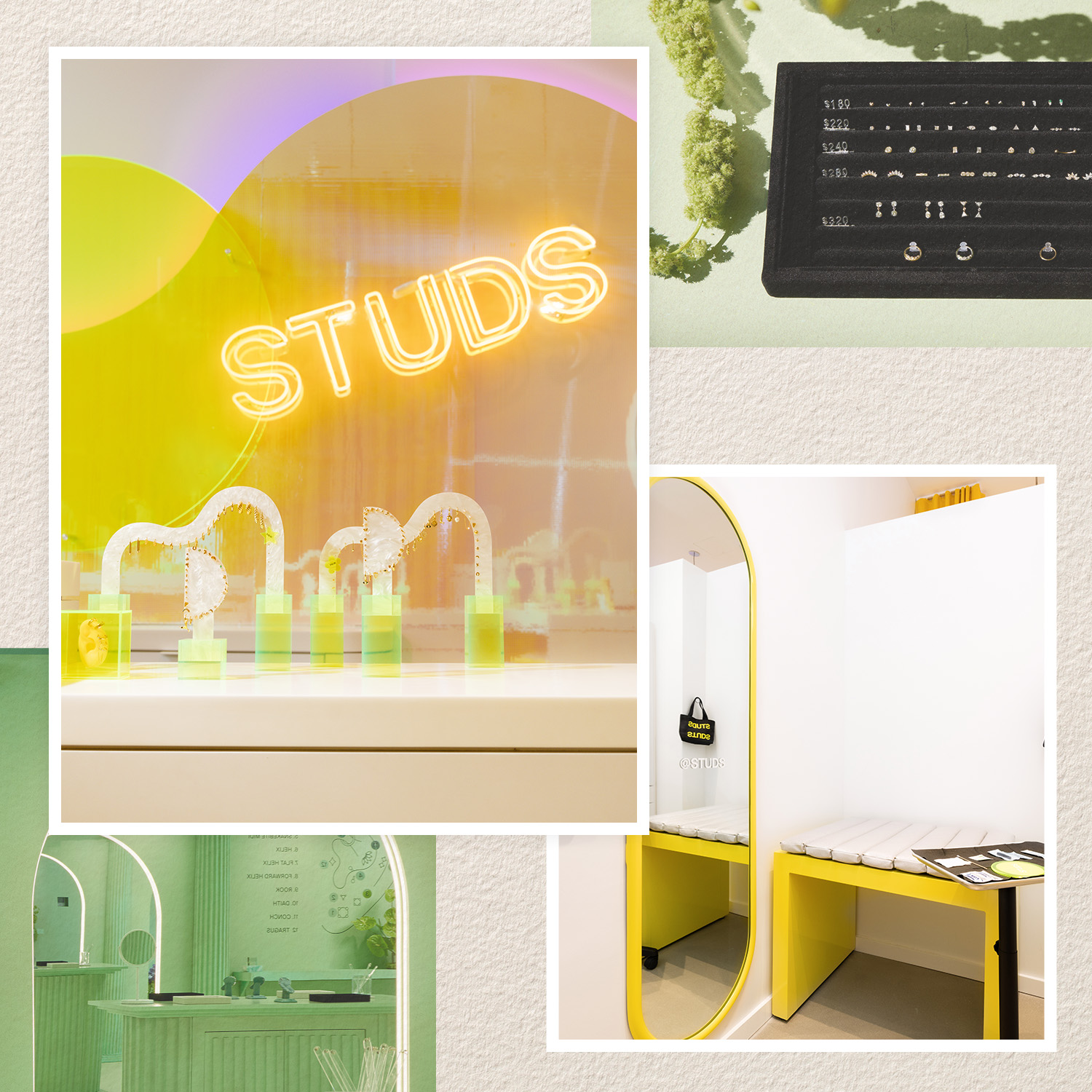
She was an early customer at Studs, getting her piercing in late 2019, right after the first location opened.
“Studs was very cool and I loved their jewelry,” she says. But even though she was in her late 20s at the time, she admits feeling a little “uncool” there. So for her next one, she tried Rowan. “They were marketing to moms,” she says. “I don’t have kids but it felt more my speed.”
A third piercing took place at a local tattoo parlor, which confirmed she preferred the previous experiences. “They were kind and respectful, but it was very clear to me I wasn’t their target client,” she says. “When you go to Studs or you go to Rowan, you know—they know—you’re there to get your ears pierced. You go to a tattoo parlor and they think you’re going to sit for four or five hours.”
Lewis says she had a great experience at a recent Studs appointment in Brooklyn. “They were really thorough in explaining aftercare as well as the benefits of needle piercing versus device piercing,” she says.
One thing these spots have done exceptionally well is make piercing feel worlds more accessible, both in terms of relatability and price. In the tradition of Claire’s, their piercings are reasonably affordable, so customers are happy to go back again and again (or splurge on multiple at once). Depending on where you go, the piercing itself may cost you $20 to $30, or even be complimentary; added cost comes down to the earring selection, which starts around $40, but can run up to hundreds of dollars.
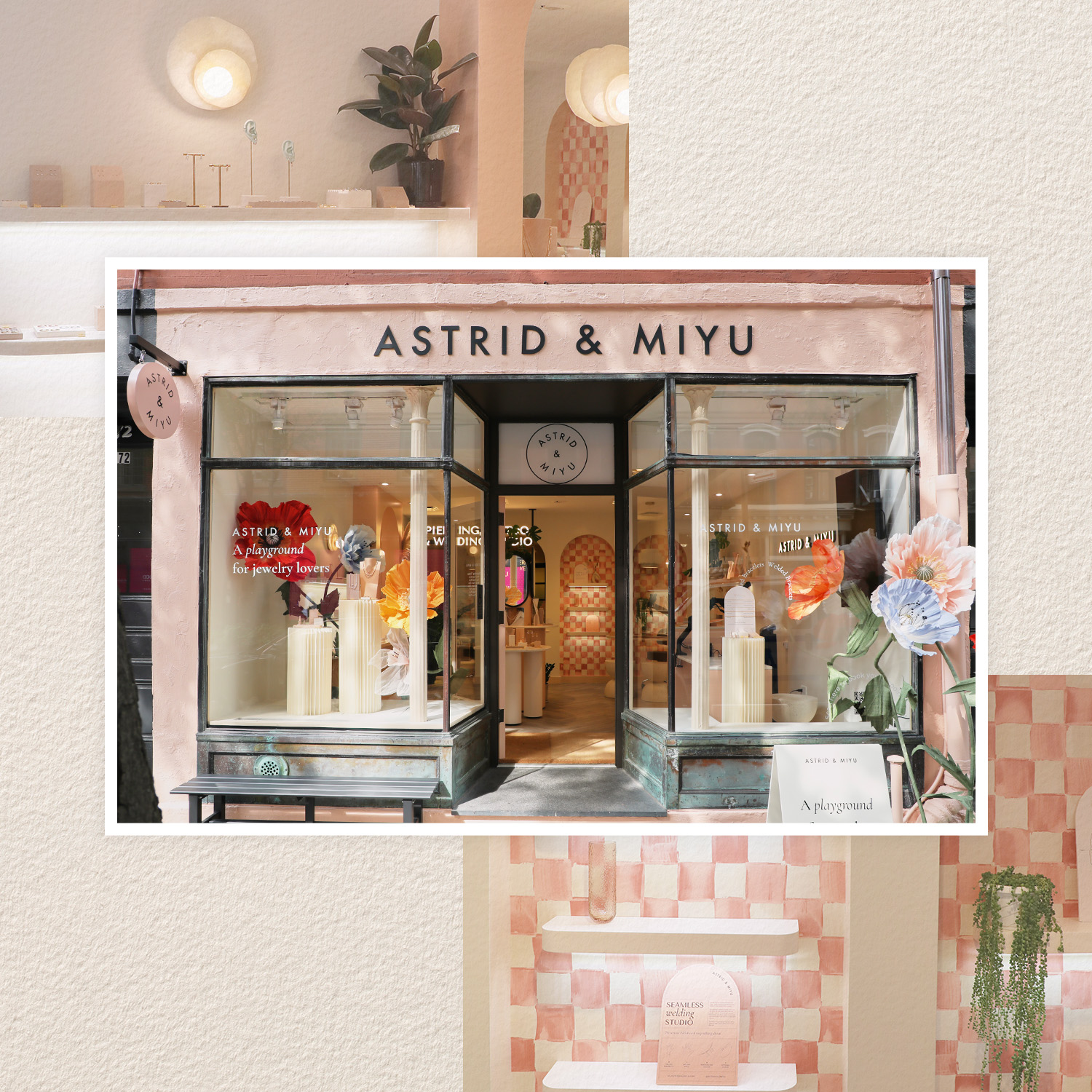
Within the growing demand for high-end piercings, prices can range even more. Appointments at celebrity-loved jeweler Maria Tash’s boutiques across the globe continue to be in demand. Astrid & Miyu, a U.K. transplant that opened in New York’s West Village, has become a hot spot for not only piercings, but also welded jewelry and tattoos. The Last Line, a fine jewelry boutique in Beverly Hills that offers piercings with diamond and ruby pieces, is soon reopening in New York, while celeb-favorite jeweler Bernard James recently teamed up with Maison Mono for a piercing pop-up at his Brooklyn store. Alison Lou, a favorite of Blake Lively, holds piercing parties in spots like the Hamptons and Boston. Studs is also getting in on the action; in May, they opened Fancy Studs, a pop-up concept in New York featuring pieces made from 14-karat gold and lab-grown diamonds. “[Our customers] really want solid gold. They really want diamonds,” Bubbers says.
If it isn’t clear, piercing is big, big business. Fancy Studs was partially a celebration of the brand’s one millionth customer; this year, they’re expanding into cities like Atlanta and San Diego. Meanwhile, Rowan aims to nearly double its locations by the end of 2024. Mejuri now has 29 piercing studios in three countries. Banter plans to roll out needle piercing to 200 locations by 2025.
While not everyone is into high end vibes seeping into the piercing scene, Ro Bataille, owner and tattoo artist at Cherry Bomb, a tattoo and piercing studio in New York, believes there’s room for the old and the new guard. (It's also worth noting that most newer shops offer only ear piercing, whereas a tattoo shop likely does body piercing as well.)
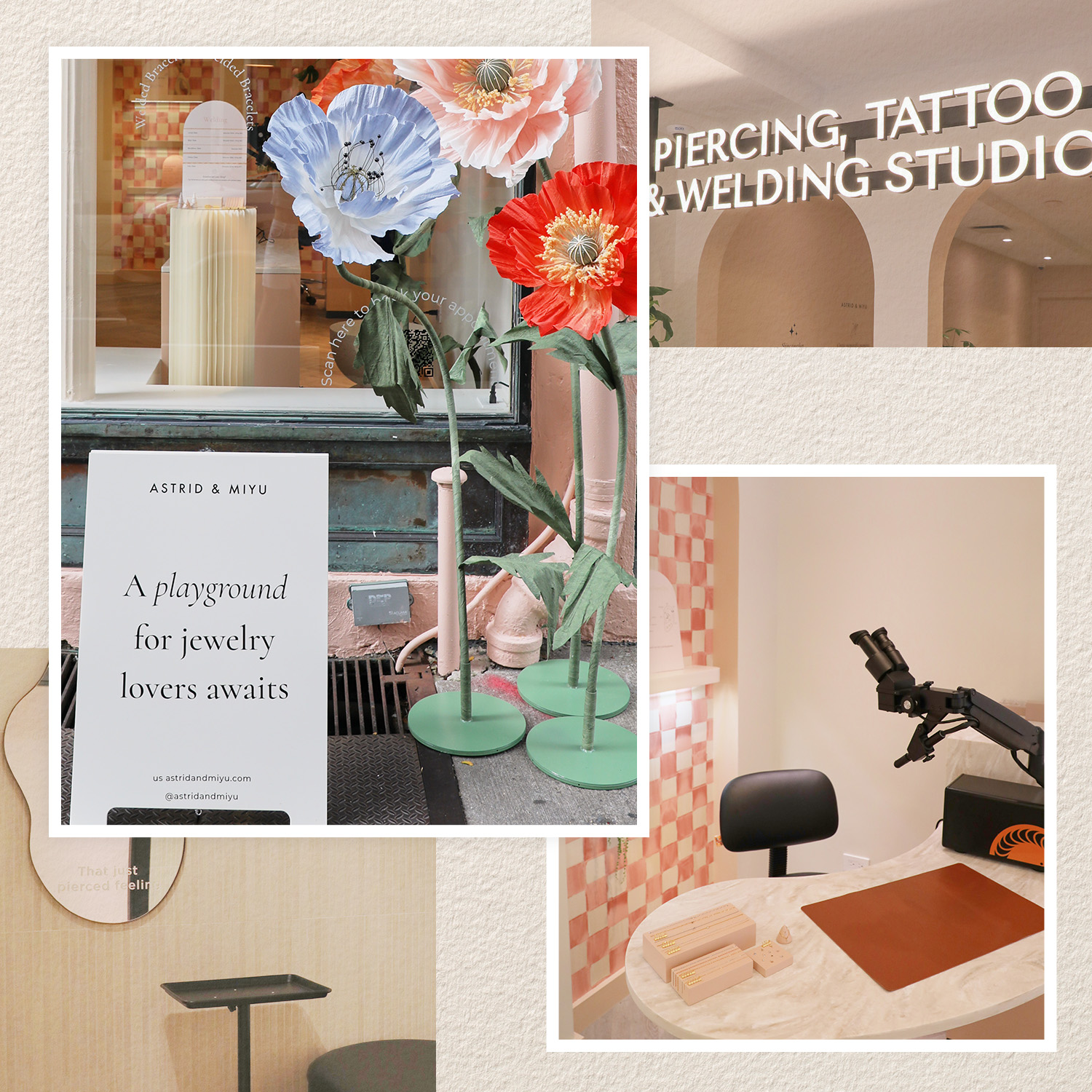
“It’s changing the landscape, for sure, but it's nice that people have more places to go now that are safe,” says Bataille, saying they don’t really see these shops as competition. “I feel like it’s a different clientele. And I hope these shops show people that it isn’t as intimidating as it used to be, because it's becoming more accessible to everybody.”
For Boardman, it certainly has. “Both Rowan and Studs were way better than anything else I’ve ever had,” she says. “I’m very much in favor of more and more when it comes to these [kinds of places].”
With so many businesses on track for growth this year, that shouldn’t be a problem. That is, so long as there are enough lobes, helixes, and conches for piercing.
“The influx makes me wonder how often women are getting pierced. Enough to sustain all of these locations? Maybe so,” Lewis says. “It'll be interesting to see what happens in the next few years.”
This story is part of Piercing Is All Grown Up, a package exploring the trends, artists, and brands shaping piercing today. You can read all five stories here.







